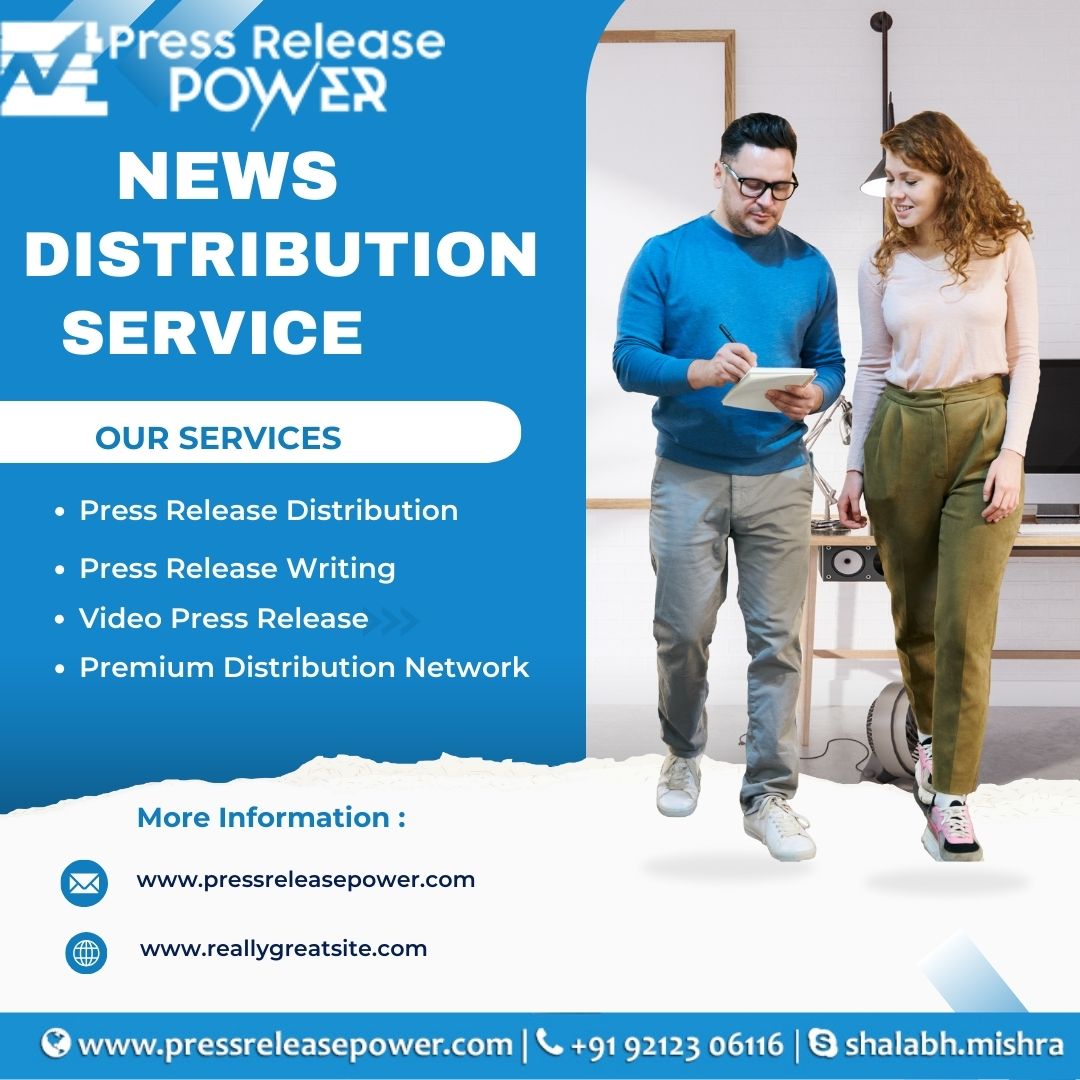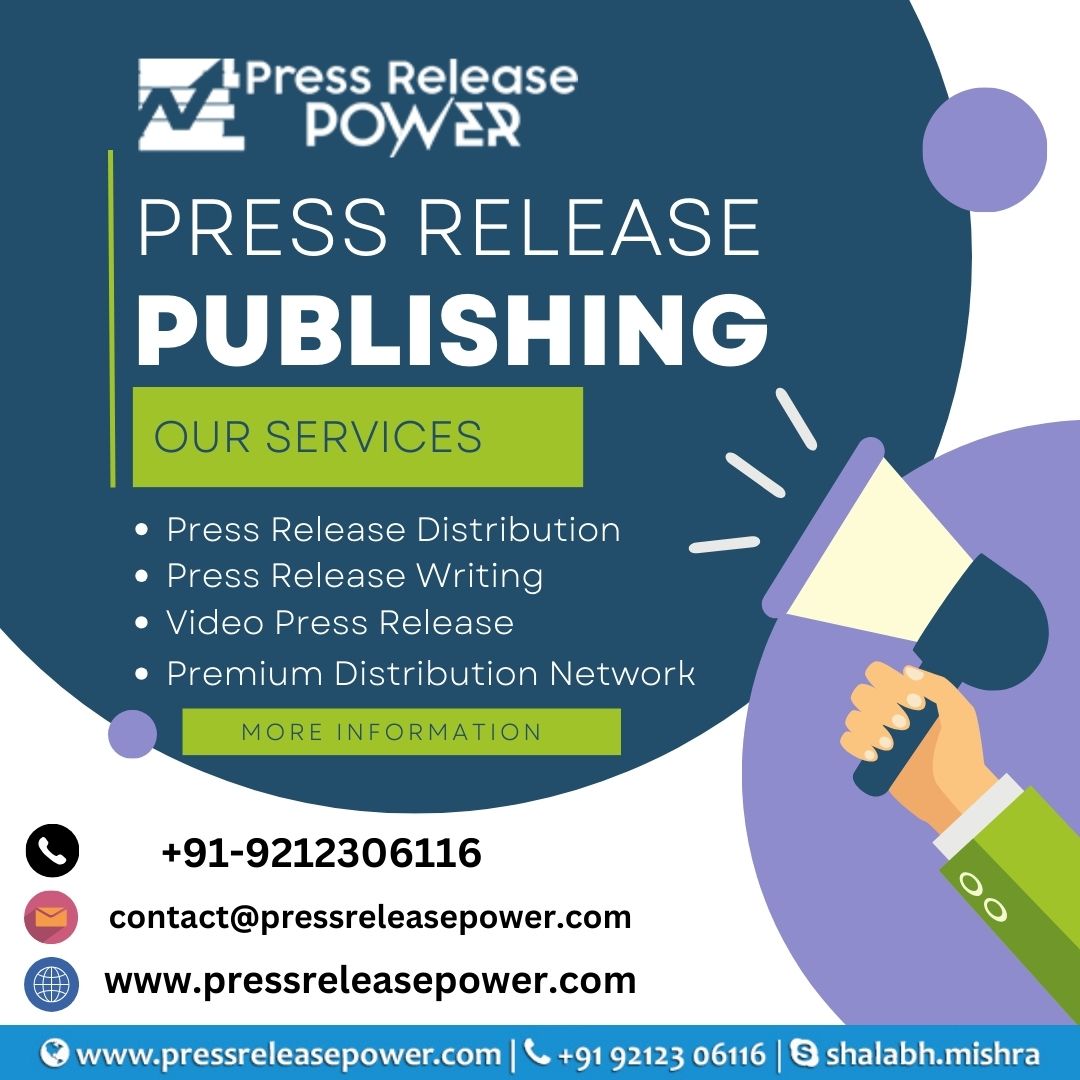Introduction
If you're looking for a way to get your name out there, a media release is one of the best tools in your toolbox. A media release can introduce yourself or your product and help build trust with journalists who might be interested in covering it. However, not all press release format are created equal! Here's the truth about what makes a good one:
Myth 1: Anyone can write a press release
"Anyone can write a press release," is the most common misconception. In fact, press releases are not written in any specific format. They can be written by anyone and they don't have to be long or wordy; they just need to be effective and concise.
The myth that you need someone else's help to get your message out there is another popular misconception that we're here to dispel: You don't need an editor or proofreader if you've written your own press release template
Myth 2: Media releases are always long and wordy documents
Media releases are often long and wordy documents, but they don't have to be. A good media release should be concise and easy to read.
Short: When writing a short media release, you can use bullet points or numbered lists in order to make your message stand out. Try using numbers instead of words when possible (1) because this makes it easier for people reading the release to understand what each item refers to without having too much information at once.*
Long: If you're writing about something that requires more detail than is necessary for an email newsletter or blog post, consider breaking up your text into multiple paragraphs with headings that summarize each section.*
Myth 3: A media release should be filled with quotes
In a media release, quotes are used to support the points made in that release. Quotes should not be used as a substitute for content; they should be used as an addition to your prose and not as a replacement. A quote can be used to illustrate your point, but it shouldn’t just be copied verbatim into your release.
You may want to include some quotes in order to make sure that everyone who reads your story understands what you are saying, but remember: they don't replace content! If there is no need for additional information from another source (such as an interview), then there's no reason why you need their words—it's better if those words come from you instead!
Myth 4: Media releases are only for big announcements
Myth 4: Media releases are only for big announcements.
Media releases can be used for any type of announcement, whether it’s a small business with a new product launch or a large multinational company announcing a merger with another company. In fact, media releases are so versatile that you might even want to use them as an opportunity to tell your readers about something they may have missed in the news! For example, if you run a local newspaper in New York City and write an article about how successful new restaurants have been opening recently—and one just opened up right around the corner—you could use this opportunity as an excuse to send out an email blast featuring some photos from their grand opening and/or some information about what makes them special (e.g., their menu items).
Myth 5: If you issue a media release, you know someone will definitely publish it
Myth 5: If you issue a media release, you know someone will definitely publish it.
Media releases are a marketing tool and they should be used as such. They’re not guaranteed to be published by any means. The best way to ensure that your media release gets published is by writing it in the appropriate style and format, which we will discuss below. And while there are some who have been successful with their releases, this doesn't mean everyone will see them or even read them at all—especially if they're written in an unfamiliar style or format (or both).
Myth 6: It is acceptable to hire an agency to ghost-write the media release for you
Ghost writing is a service that many agencies provide to their clients. Ghost writers are professionals, and they can help you write your media release template by using the language and style of your company. However, it's important to remember that ghost writing differs from copywriting—the latter being an art form in itself.
The best way to avoid getting scammed by an agency is by doing your own research beforehand, asking questions about which services offer what kind of service and checking reviews online before hiring anyone at all (which will save you money).
Anyone can write a press release, but it may still take some practice to get up to speed.
Anyone can write a press release, but it may still take some practice to get up to speed. The best way to learn how is by reading examples of other people's work and using the templates that are available online. You'll find that once you've learned what works, you can use your skills in other areas of life as well!
If you're not sure where to start or aren't sure how much time it will take, don't worry—just read through some sample press release template on this site and see if there's anything that catches your interest.
Once you've got an idea of what kind of information should go into a good one (or two), let me know! I'd love for our team members at [Insert Your Company Name] (www.*sucks) who wrote their own version(s) so we could discuss them together over coffee sometime soon :)
Conclusion
As you can see, it’s easy to think that media releases are a complicated and intimidating process. However, with a little bit of practice and a lot of patience, anyone can write one. You don't need to be an expert in writing or journalism; just understand the basics and know how to structure your message effectively. Once you've mastered this skill, your event press release template will be able to capture any potential journalist's attention.
Get in Touch!
Website – https://www.pressreleasepower.com
Skype – shalabh.mishra
Telegram – shalabhmishra
Email –contact@pressreleasepower.com
Mobile – +1 (855) 222-4111









 English (US) ·
English (US) ·